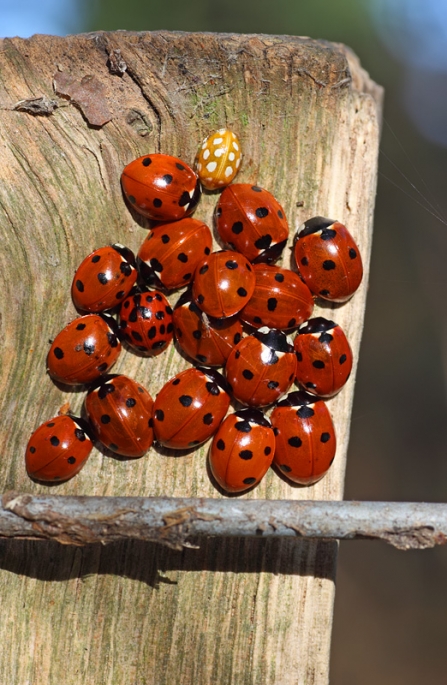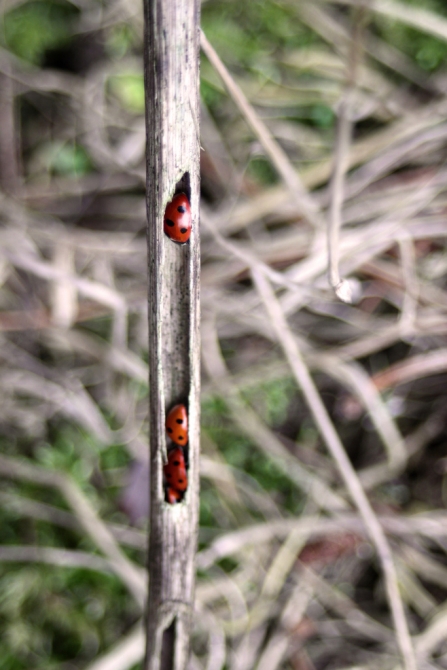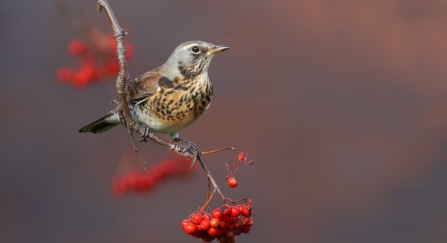
This isn’t just an excuse for inactivity, though it is tempting to simply retire to an armchair with a seed catalogue and hot drink when the weather is as inhospitable as it has been recently, there is real merit in taking a cautious approach in the garden in winter.
Bear in mind that beautiful and beneficial creatures such as ladybirds hibernate in cracks and crevices. Loose bark and hollow stems are ideal so don’t be too quick to cut back old branches and annuals that have ‘gone over’. If your garden has been neglected and needs a major tidy, this really is best left until spring and even then, go steady, as you could disturb a sleeping hedgehog tucked up amongst the undergrowth.



